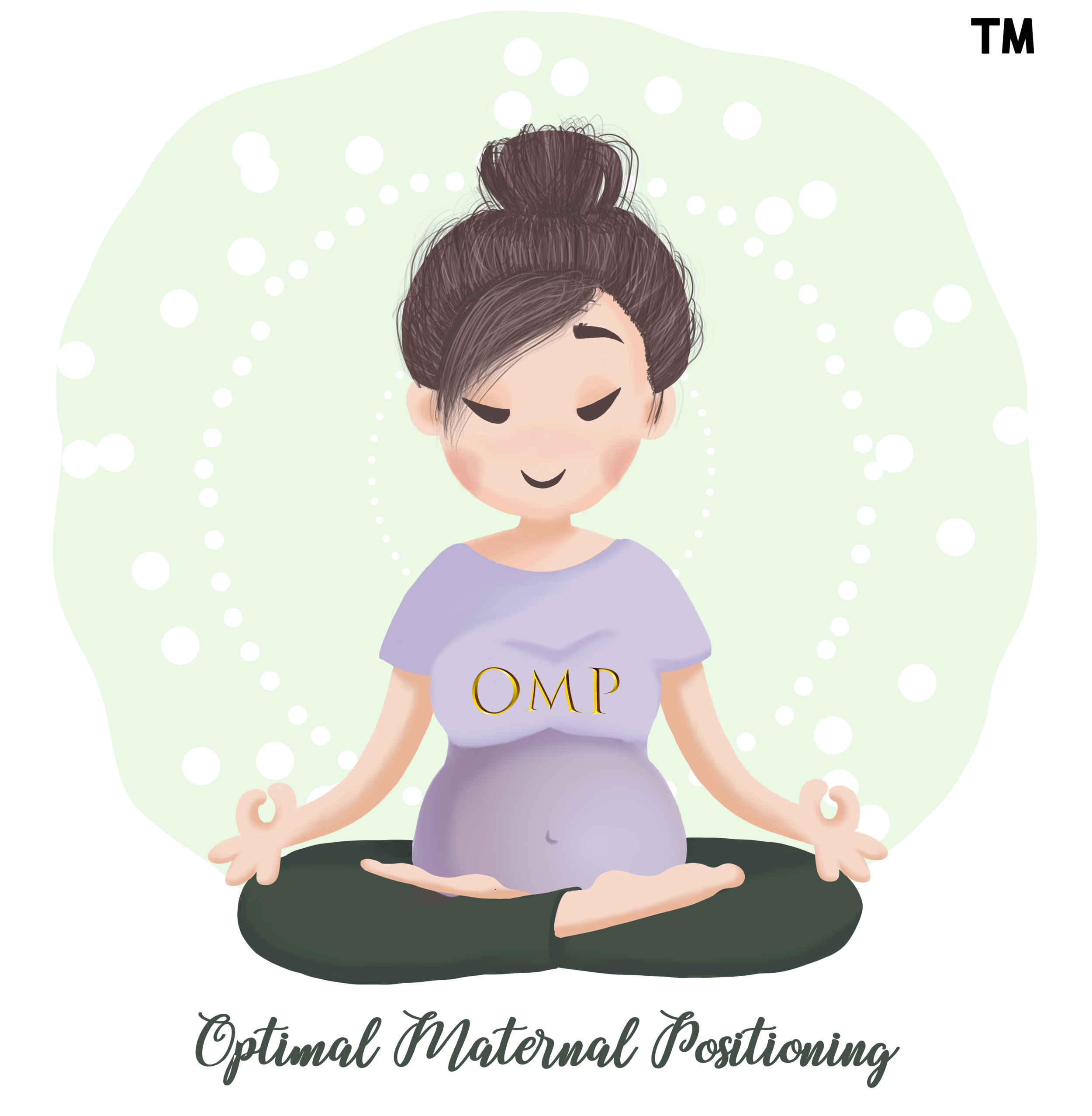If she is confined to the bed…
if she is confined to the bed…
If she is confined to the bed because of birth practices within her culture or because of medical interventions of some sort, she can still optimise her pelvis during labor and birth.
Rather than lying supine (on your back), we highly encourage her to adopt the side-lying position as this still allows pelvic mobility within the pelvis as long as the sacrum is not obstructed.
OMP pelvic alignment protocols:
When it comes to OMP Pelvic Alignment Protocols, these are still options for the mother as they are done in the side-lying position:
1.1 Pelvic Side Lying Release | PSLR
1.3 Side Lying Ilio Psoas Hip Flexors Release | SLIP-HFR
OMP comfort measures:
Most women would feel achy in their hips and thighs when being confined to the bed so when it comes to OMP Comfort Measures, these are still options for you as they are done in the side-lying position and doing 3.3, 3.4 & 3.5 on one side instead of both sides:
3.5 Bottom of the sitz bones | Cook’s Pressure
OMP pelvic mobility protocols:
When it comes to OMP Pelvic Mobility Protocols, these maternal movements are still options for you as they can be done in the side-lying or supine (on your back) position:
Internal Rotation of the Femur
You can use internal rotation of the femur, together with sitting on a semi-inflated pilates ball to allow mobility within the sacrum to promote modification of the pelvic opening with internal rotation of the femur.
Arching her Back
You can use internal rotation of the femur, together with sitting on a semi-inflated pilates ball to allow mobility within the sacrum to promote both change in orientation of the pelvis by arching her back, and modification of the pelvic opening with internal rotation of the femur.
There is good research to support using a peanut ball during labor and birth with an epidural shortens both first and second stage of labor however it is also important to know how to use the peanut ball as well as maternal positioning and movements to your advantage.
When using a peanut ball during labor, you can utilize OMP Pelvic Mobility Protocols above and how you use it would be dependent on the intent as to which part of the pelvic you are wanting to create space dependent on where this baby is and what this baby is trying to do.
In a side-lying positions using a peanut ball
In a side-lying positions using a peanut ball







